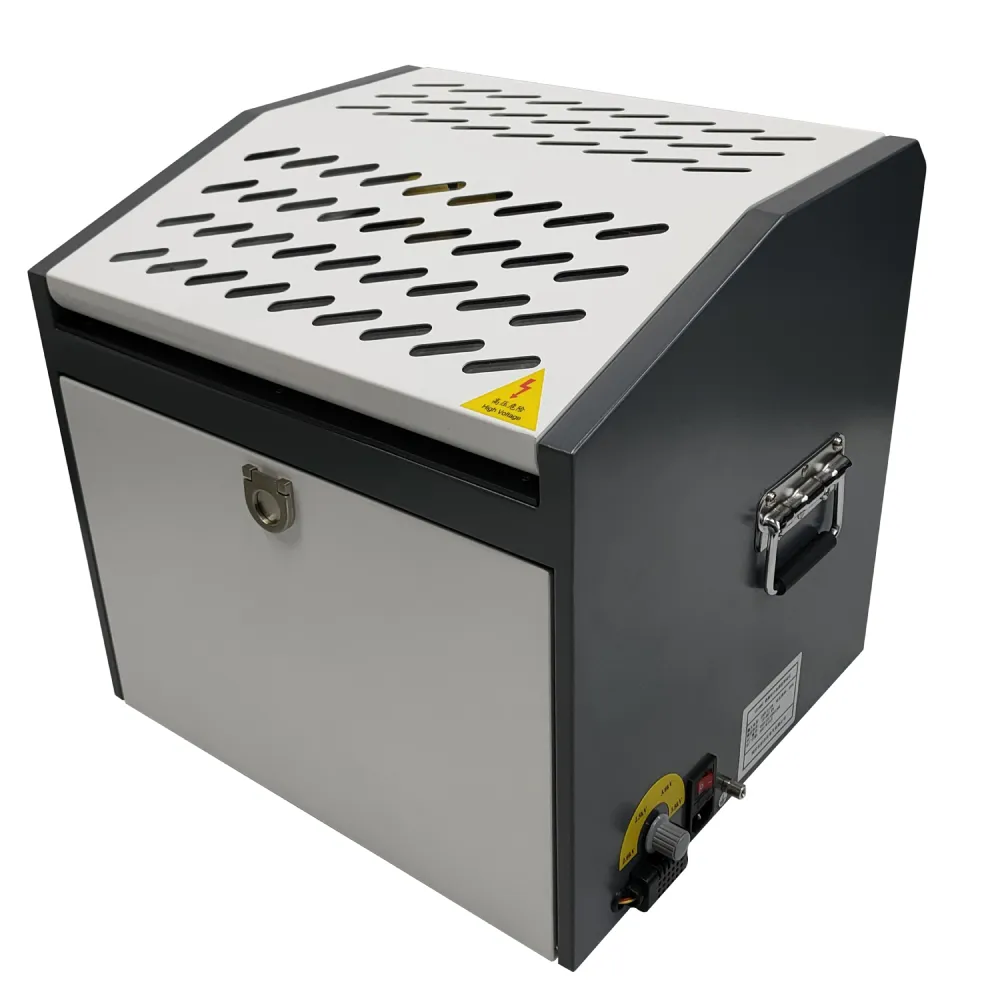 English
English



-
 Afrikaans
Afrikaans -
 Albanian
Albanian -
 Amharic
Amharic -
 Arabic
Arabic -
 Armenian
Armenian -
 Azerbaijani
Azerbaijani -
 Basque
Basque -
 Belarusian
Belarusian -
 Bengali
Bengali -
 Bosnian
Bosnian -
 Bulgarian
Bulgarian -
 Catalan
Catalan -
 Cebuano
Cebuano -
 China
China -
 China (Taiwan)
China (Taiwan) -
 Corsican
Corsican -
 Croatian
Croatian -
 Czech
Czech -
 Danish
Danish -
 Dutch
Dutch -
 English
English -
 Esperanto
Esperanto -
 Estonian
Estonian -
 Finnish
Finnish -
 French
French -
 Frisian
Frisian -
 Galician
Galician -
 Georgian
Georgian -
 German
German -
 Greek
Greek -
 Gujarati
Gujarati -
 Haitian Creole
Haitian Creole -
 hausa
hausa -
 hawaiian
hawaiian -
 Hebrew
Hebrew -
 Hindi
Hindi -
 Miao
Miao -
 Hungarian
Hungarian -
 Icelandic
Icelandic -
 igbo
igbo -
 Indonesian
Indonesian -
 irish
irish -
 Italian
Italian -
 Japanese
Japanese -
 Javanese
Javanese -
 Kannada
Kannada -
 kazakh
kazakh -
 Khmer
Khmer -
 Rwandese
Rwandese -
 Korean
Korean -
 Kurdish
Kurdish -
 Kyrgyz
Kyrgyz -
 Lao
Lao -
 Latin
Latin -
 Latvian
Latvian -
 Lithuanian
Lithuanian -
 Luxembourgish
Luxembourgish -
 Macedonian
Macedonian -
 Malgashi
Malgashi -
 Malay
Malay -
 Malayalam
Malayalam -
 Maltese
Maltese -
 Maori
Maori -
 Marathi
Marathi -
 Mongolian
Mongolian -
 Myanmar
Myanmar -
 Nepali
Nepali -
 Norwegian
Norwegian -
 Norwegian
Norwegian -
 Occitan
Occitan -
 Pashto
Pashto -
 Persian
Persian -
 Polish
Polish -
 Portuguese
Portuguese -
 Punjabi
Punjabi -
 Romanian
Romanian -
 Russian
Russian -
 Samoan
Samoan -
 Scottish Gaelic
Scottish Gaelic -
 Serbian
Serbian -
 Sesotho
Sesotho -
 Shona
Shona -
 Sindhi
Sindhi -
 Sinhala
Sinhala -
 Slovak
Slovak -
 Slovenian
Slovenian -
 Somali
Somali -
 Spanish
Spanish -
 Sundanese
Sundanese -
 Swahili
Swahili -
 Swedish
Swedish -
 Tagalog
Tagalog -
 Tajik
Tajik -
 Tamil
Tamil -
 Tatar
Tatar -
 Telugu
Telugu -
 Thai
Thai -
 Turkish
Turkish -
 Turkmen
Turkmen -
 Ukrainian
Ukrainian -
 Urdu
Urdu -
 Uighur
Uighur -
 Uzbek
Uzbek -
 Vietnamese
Vietnamese -
 Welsh
Welsh -
 Bantu
Bantu -
 Yiddish
Yiddish -
 Yoruba
Yoruba -
 Zulu
Zulu
cable resistance test
Cable Resistance Testing Ensuring Safety and Efficiency
Cable resistance testing is a crucial procedure in the electrical industry, ensuring that power cables can effectively transmit electricity while minimizing energy loss. This testing process involves measuring the resistance of cables to ensure they meet specified standards, which is essential for maintaining safety and operational efficiency in electrical systems.
The primary reason for performing cable resistance tests is to identify any issues that might affect the performance and reliability of electrical systems. High resistance can indicate problems such as insulation breakdown, corrosion, or poor connections. These issues can lead to electrical failures, increased energy costs, and even hazardous situations like electrical fires. By regularly conducting resistance tests, technicians can detect such problems early, mitigating risks and enhancing the longevity of cables.
There are several methods for conducting cable resistance testing, each with its own advantages. One of the most common is the four-wire measurement method, which eliminates the impact of lead resistance and provides a more accurate reading. This method utilizes two pairs of test leads one pair carries the current, while the other measures the voltage drop across the cable, allowing for precise calculations of resistance.
cable resistance test

It’s important to conduct these tests under various conditions and at different points in the cable system to get a comprehensive assessment. Factors such as temperature, humidity, and the cable's age can significantly influence resistance levels. By documenting the resistance readings over time, organizations can establish baseline data, making it easier to identify trends and potential issues before they escalate.
Safety is paramount in cable resistance testing. Technicians must follow strict procedures and use appropriate protective equipment to avoid electrical hazards. Additionally, they should always ensure that the cables being tested are de-energized, following lockout/tagout protocols to prevent accidental energization during the testing process.
In summary, cable resistance testing is an essential practice for ensuring the reliability and safety of electrical systems. By detecting issues early and maintaining cables within specified resistance limits, organizations can avoid costly outages and enhance energy efficiency. Regular testing not only complies with industry standards but also promotes a safer working environment, protecting both personnel and equipment.
-
Testing Equipment Industry Sees Major Advancements in 2025: Smart & Precision Technologies Lead the WayNewsJun.06,2025
-
Applications of Direct Current Generators in Renewable Energy SystemsNewsJun.05,2025
-
Hipot Tester Calibration and Accuracy GuidelinesNewsJun.05,2025
-
Digital Circuit Breaker Analyzer Features and BenefitsNewsJun.05,2025
-
Benefits of Real-Time Power Quality Monitoring Devices for Industrial EfficiencyNewsJun.05,2025
-
Earth Fault Loop Testing in High-Rise Building Electrical SystemsNewsJun.05,2025



